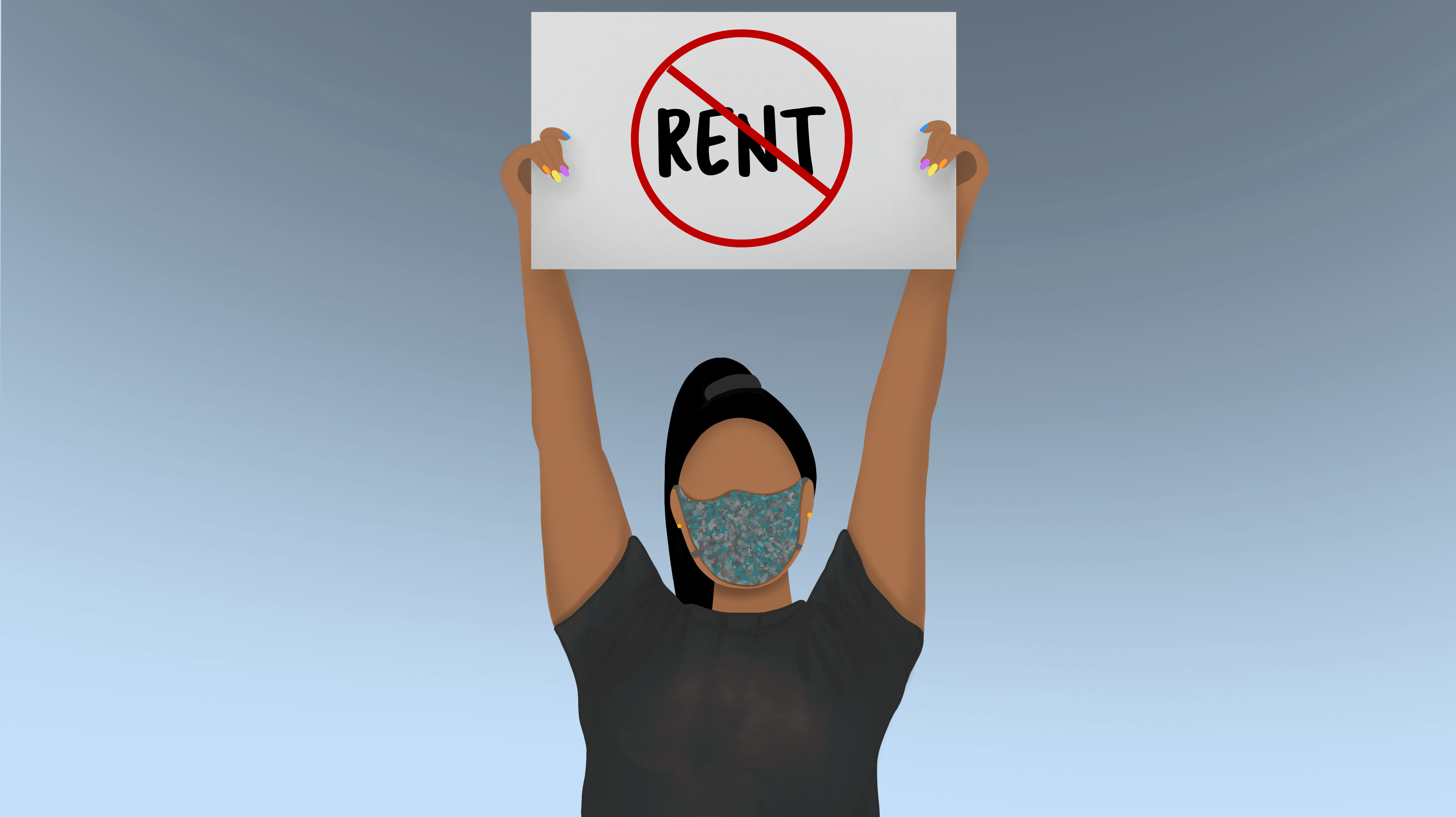At the beginning of September, the U.S. Centers for Disease Control and Prevention issued a joint order with the Department of Health and Human Services that could prevent tens of millions of Americans suffering hardship due to the coronavirus pandemic from being evicted1.
Let’s review what the order does and does not cover and who’s protected.
Contents
- Eviction Moratorium Key Points
- Do I Qualify?
- How Do I Claim Eviction Protections?
- Video: Eviction Moratorium, Explained
- Sources
Eviction Moratorium Key Points
The order, which officially went into effect September 4th, temporarily halts residential evictions if the renter experiences certain hardships due to the coronavirus pandemic through the end of 2020. The justification for this is to limit the spread of COVID-19. The CDC cites section 361 of the Public Health Service Act as its authority to make such an order1.
Notably, the order only prevents landlords from evicting tenants due to a lack of payment, and only if tenants can prove that the eviction would pose a public health risk by giving them nowhere else to go. It “does not relieve any individual of any obligation to pay rent, make a housing payment, or comply with any other obligation that the individual may have under a tenancy, lease, or similar contract. Nothing in this order precludes the charging or collecting of fees, penalties, or interest as a result of the failure to pay rent or other housing payment on a timely basis, under the terms of any applicable contract1.”
For example, if a rental agreement gives a landlord the ability to charge a daily “late payment” fee on top of the normal rent, the landlord could still do so for the remainder of the year, and then require the renter to pay the entirety of that bill plus those daily fees on January 1, 2021, to avoid being evicted.
Also, the order only protects renters from eviction in the event they can’t pay their rent. Other reasons for eviction (such as property damage or other lease violations) are still valid.
In terms of applicability, the order specifies that it only supersedes state actions that are less lenient to renters. If a state, locality, territory, or tribal land has an order “that provides the same or greater level of public-health protection” than the CDC order, the order with the greater level of public health protection takes precedent.
Interestingly, the order does not apply in the U.S. territory of American Samoa, which has recorded zero COVID-19 cases. However, if a case were discovered, the order would then apply.
In terms of impact, the CDC and HHS cite a study by the Aspen Institute saying that if the order were not enacted, somewhere between 30-40 million American renters would be at risk of eviction2.
Do I Qualify?
According to the CDC’s order, residents seeking to receive this protection must be able to claim the following1:
- The renter used their “best efforts” to get all available government assistance for rent and housing.
- They either:
- Expect to earn less than $99,000 in 2020 if filing taxes individually or $198,000 if filing jointly.
- Were not required to report any income in 2019 to the IRS
- Received a stimulus check under the CARES Act.
- The renter experienced a loss of wages or hours or suffered extraordinary out-of-pocket medical expenses that kept them from paying their rent or housing payment.
- The renter used “best efforts” to “make timely partial payments that are as close to the full payment as the individual’s circumstances may permit, taking into account other nondiscretionary expenses.”
- If evicted, the renter would “likely become homeless, need to move into a homeless shelter, or need to move into a new residence shared by other people who live in close quarters.”
How Do I Claim Eviction Protections?
To claim this protection, renters must send a signed declaration form to their landlords indicating that they meet the above criteria. This declaration is considered a sworn testimony, which means that there’s penalty of perjury if the tenant provides false information. In other words, inaccurate statements on this document could equate to a fine or even jail time.
A printable copy of the declaration is available in the order itself on pages 33-371.
While the order does not protect renters against fees, interest, and other financial punishments landlords can impose upon tenants, most landlords are acutely aware of the eviction moratorium, and because of that, might be interested in coming up with an arrangement with a tenant who is making their “best efforts” to make timely payments. Here is a list of helpful tips on how to navigate those options with your landlord.
While this eviction moratorium might only be a temporary (and partial) solution to the financial burdens many renters face in this pandemic, it does at least provide them a way to shelter in place through the remainder of the year while the government considers additional relief measures.
